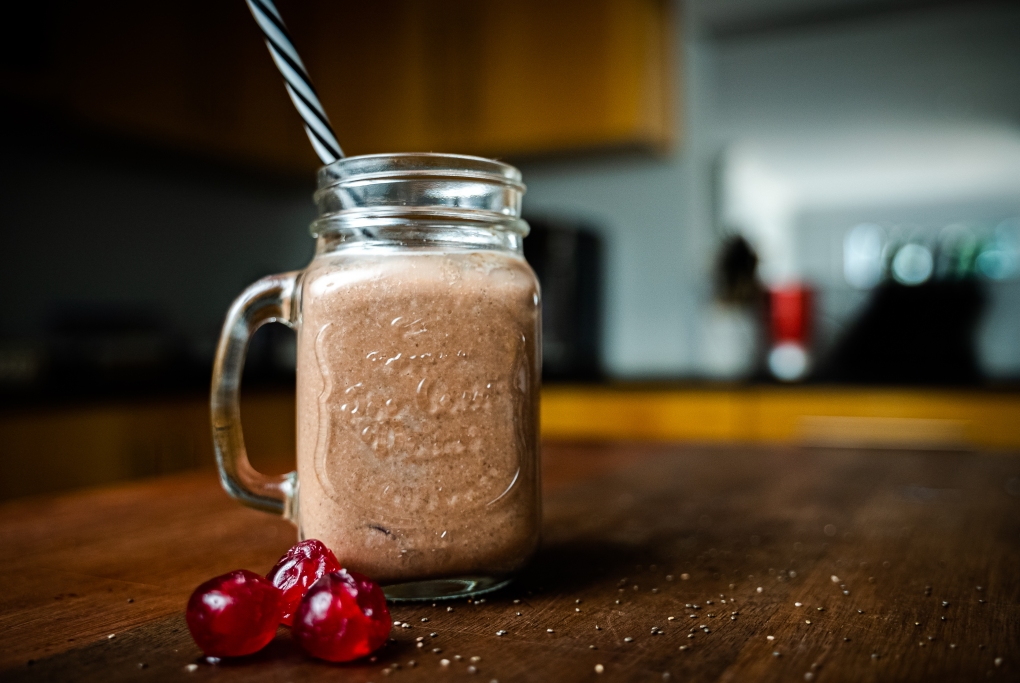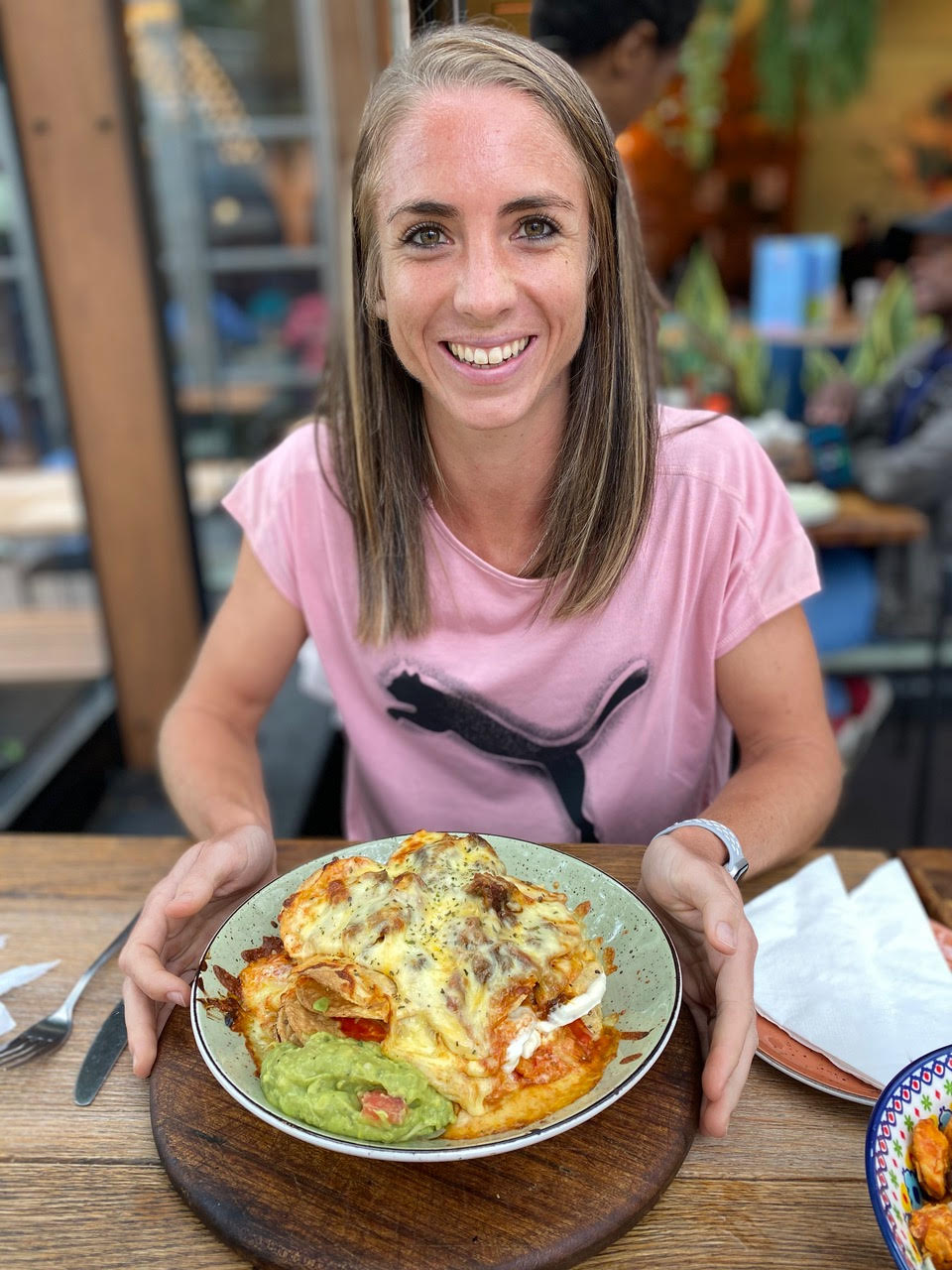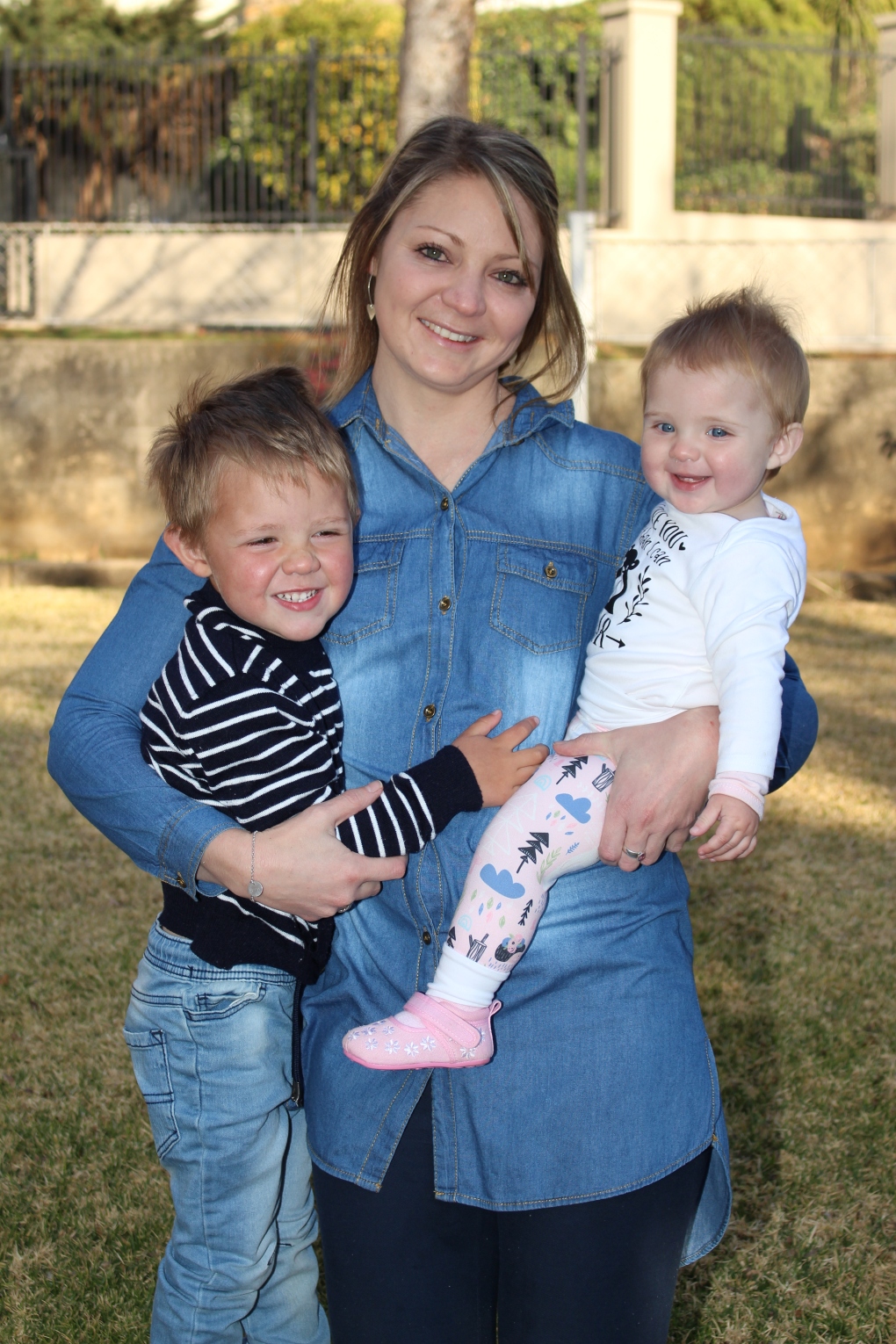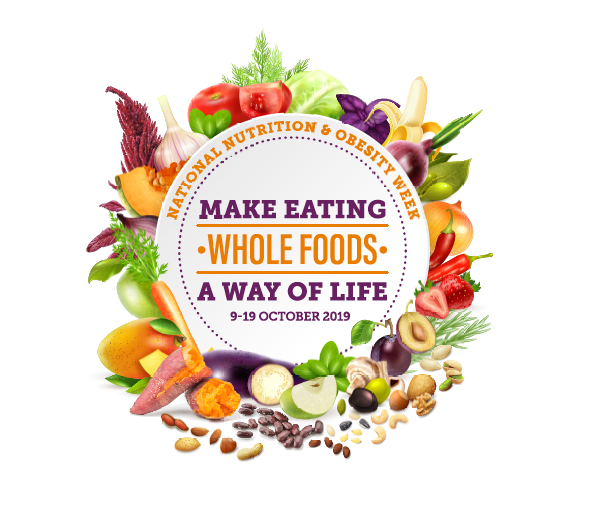Superheroes are dedicated to making the world a better place and protecting the public. They stand up to threats and use their superpowers to ensure people’s well-being and safety. As COVID-19 has spread across the world, we have seen dietitians at the frontlines of the health response supervising life-sustaining nutrition in hospitals and care homes. Many have also been working remotely, helping patients manage their health and nutrition under lockdown. Those in public health have been contributing their expertise to emergency food relief efforts as South Africa faces a sharp crisis in food security. These are just some of the vital roles that registered dietitians play across a range of fields.
“The need for latest nutrition knowledge and science-based advice is far more widespread than most people realise,” says Logesh Govender, registered dietitian and council member of SASPEN, the South African Society for Parenteral and Enteral Nutrition. “There is considerable dietetic diversity, from food product innovation in the corporate sector to patient care in government hospitals; from the policy level of public health disease prevention to practically improving nutritional access in communities. Food is a basic essential of life, and the need for expert nutrition-related services impacts every one of us.”
At a time, when most countries around the world are emerging from hard COVID-19 lockdowns, the health of our families has come sharply into focus on a daily basis. With the closure of food takeaways and restaurants and confinement to our homes, many of us are experiencing changes to our habits and relationships with food. “For the individual and the family, the community and the country, we are experiencing a unique opportunity to examine our thoughts, beliefs and actions around food,” says Association for Dietetics in South Africa (ADSA) President, Christine Taljaard-Krugell. “If there is good that can emerge from this global crisis, it is to see where we can use science-based evidence and advice to make positive changes that will improve our lives now, and once the threat of COVID-19 has subsided. When it comes to nutrition knowledge, it is our dietitians who are the superheroes that can lead the way in recommending sustainable changes to ensure healthier lifestyles.”
These South African Dietetic Superheroes represent their colleagues in diverse and critical health sectors:
Dietetic Superhero in ICU/COVID-19, Anna-Lena Du Toit is currently the dietitian responsible for the nutritional management of patients in the intestinal failure unit, colo-rectal surgery, hepatobiliary surgery, upper gastro-intestinal surgery and surgical ICU at Groote Schuur hospital. In light of the pandemic she has been re-assigned to a 12-bed COVID-19 ICU unit as well as two COVID-19 wards. She also works part-time at UCT Private Academic hospital with mostly surgical in-patients. Anna-Lena serves as the scientific secretary and president-elect of SASPEN.
Your Superpower: To be a valued member of the multi-disciplinary healthcare team I think is the most vital tool if you want to influence patient care and ensure that your patients receive optimal nutrition support. Your relationship with the various players in the team have a direct impact on the nutritional management of your patient. Building relationships with various members of the team ensures early referral of patients for nutritional input all the way through to nursing staff valuing your input and ensuring accurate delivery of the nutrition prescription. Regular training and education within the multi-disciplinary team ensures their buy-in into the important role nutrition plays and ultimately translates into better nutrition for your patient. Being up to date and able to translate evidence into practice ensures that you are regarded as the expert in your field and gives you the opportunity to advocate for your patient.
When patients are in hospital and unable to eat by themselves the dietitian has the super power to still ensure that patients receive all the nutrition they need for their various conditions. This is achieved either through feeding the patient directly into the stomach or by feeding into the veins. This requires the use of very specific nutritional products that should only be prescribed and used under supervision of a registered dietitian.
Is there a positive health lesson we can take out of our experience of COVID-19? What a time to be alive! In my 13 years in clinical dietetics, I have not seen protocols and plans being put in place as quickly as it has been happening in the past three months. The innovation, drive and commitment on all levels that has gone into ensuring safe working conditions and optimal facilities for patient care has been phenomenal. In the community, the way in which people have adapted to a ‘new normal’ and the realisation of what is truly important in our lives has been incredible. It has been positive to see the amount of good that there is in this world, and how willing people are to help and give. If we can come out of this pandemic and continue doing these things we can truly change the world.
Dietetic Superhero in breastfeeding advocacy, Chantal Whitten recently completed her PhD at the North West University and is currently a lecturer at the University of the Free State. Chantell serves as the Nutrition Lead for the coalition network the South African Civil Society for Women’s, Adolescents’ and Children’s Health, and as a member of the National Department of Health Ministerial Committee for the Morbidity and Mortality of Children under 5 years.
Winning the challenge: For all my years of experience in the field of breastfeeding, my greatest moment of contribution was in facilitating the legislating of Regulations R991, which are the regulations that control the marketing of breastmilk substitutes. These latest regulations protect breastfeeding for generations to come and help to foster a supportive environment for mothers to choose breastfeeding without undue pressure from the infant formula industry.
Is there a positive health lesson we can take out of our experience of COVID-19? We know that mothers who are breastfeeding through the pandemic have less stress trying to source food for their young infants and children, while mothers who are not breastfeeding have an additional burden to find food for their young children. We can now see first-hand the protection that breastfeeding offers both children and mothers during a time of crisis. This will remain important as we enter an economic depression. For children, food security starts at the breast.
Dietetic Superhero in reducing obesity, Kelly Francis serves on the executive committee of ADSA where she is currently assisting with a COVID-19 hunger relief campaign and a strategy to support the prevention and reduction of obesity in South Africa. She has a passion for nutrition education and the prevention of nutrition-related diseases and her special areas of interest include obesity.
Greatest challenge: The culture of dieting is the greatest threat to winning the battle against obesity. Many people are resistant to long term lifestyle and behaviour modification and would rather be very restrictive for short bursts of time than work at developing a healthy and mindful relationship with food. Not only is this not a sustainable treatment for obesity, but the family’s opportunity to develop a healthy relationship with food is ultimately disrupted by family members following a different diet.
As a Dietetic Superhero what one sweeping change would you like to see that would improve nutrition and health in SA? I would like to see that no nutritious food goes to waste in South Africa, especially ‘ugly’ vegetables not accepted by retailers. I feel that there is much room for work in this particular area of safe food waste to improve access to nutrient-dense food.
Dietetic Superhero in public health, Lenore Spies has more than 35 years’ experience in the public health sector. She is currently a Senior Technical Advisor in Nutrition for the Maternal, Adolescent and Child Health Institute. Lenore is an expert in nutrition leadership, strategy and policy development, and she is passionate about mentoring the next generation of nutrition leaders.
Greatest challenge: The single greatest challenge in public health nutrition is the underestimation of the contribution that dietitians and nutritionists can make to the public health agenda. You are always having to explain and motivate the contribution that dietitians and nutritionists can make. We can do so much more. We need to move to a place where the expertise of public health nutritionists is an integral part of any public health agenda item. In the current COVID-19 context, with hunger and malnutrition as well as hospitalizations and quarantine, we should be central to the discussions. I was very impressed with the
Governor of New York, the hardest hit state in USA, when he specifically listed Public Health Personnel and Dietitians and Nutritionists as essential front line workers.
Your Superpower: Over the years, I have worked relentlessly to develop my leadership and
advocacy skills to the extent that I am often consulted on my views and opinions. I have become particularly adept at being able to navigate the balance between the political and social contexts, take a high level view of its relevance and translating that to the nutrition policy environment.
Dietetic Superhero in public health, Gilbert Tshitaudzi is a Nutrition Specialist at the UNICEF South Africa Country Office. He has many years’ experience in the public health sector and has specialised in infant and young child nutrition, clinical nutrition, HIV and nutrition programming. Gilbert served for four years as a board member of the Professional Board for Dietetics and Nutrition of the HPCSA (Health Professions Council of South Africa).
Winning the challenge: My contributions have been in advocating for public health nutrition interventions through public health policies, nutrition-specific, nutrition-sensitive policies and strategies. Having advocated for the mainstreaming of nutrition into HIV/AIDS care when South Africa started with ARV rollout is one of the major contributions I have made in the nutrition landscape in South Africa.
Is there a positive health lesson we can take out of our experience of COVID-19? COVID-19 could be a springboard for our healthcare system in South Africa in strengthening our public health interventions, with prevention of diseases as a cornerstone. It is also an opportunity to bring all South Africans around to one health system for all in order to deal with the inequalities that have been highlighted by this pandemic. This is an opportunity to interrogate our food systems and play a meaningful role as a profession in those debates.
Dietetic Superhero in private practice, Monique Piderit serves private practice patients through Nutritional Solutions in Bryanston, Johannesburg and consults to corporate and food industry clients. She is currently a PhD Dietetics candidate at the University of Pretoria.
Greatest challenge: Dietitians are dedicated to sharing evidenced-based nutrition information and advice. Today, everyone has vast amounts of information, and misinformation, at their fingertips. There are high levels of consumer confusion which, unfortunately, can lead to distrust of professionals. This confusion may be fuelled by non-experts like bloggers, influencers, health coaches, and the like, who often have large social media followings vulnerable to misinformation. It’s particularly challenging when such non-experts create fear-mongering related to healthy eating and nutrition.
Winning the challenge: The best for me is when a patient, who starts out resistant, reluctant and unwilling to change, realises the huge power that they hold in improving their nutritional status. It’s fascinating to watch this transformation to one of confidence and positivity as they choose to take control of their health and turn it all around. Actually, my patients and clients are the real superheroes. I am just their sidekick!
ADSA has joined forces with SASPEN in the upcoming celebration of Dietitian’s Week, which runs from 1 to 5 June 2020, focussing on #WhatDietitiansDo.
Dietitian’s Week highlights the diverse and important roles that these science-based nutrition experts play in our health care system.
-30.559482
22.937506






















































































































































 Despite what we know about the impact of food choices on our health, overweight and obesity are still on the rise in South Africa, alongside a host of preventable diseases that can be attributed to unhealthy lifestyles. Thanks to our industrialised food system, and far greater, ultra-processed and fast food choices aimed at our ‘convenience’, we’ve got further away from eating the whole foods that are really good for us. This is the message that a coalition of health professional associations, including the Department of Health, is highlighting in October across both
Despite what we know about the impact of food choices on our health, overweight and obesity are still on the rise in South Africa, alongside a host of preventable diseases that can be attributed to unhealthy lifestyles. Thanks to our industrialised food system, and far greater, ultra-processed and fast food choices aimed at our ‘convenience’, we’ve got further away from eating the whole foods that are really good for us. This is the message that a coalition of health professional associations, including the Department of Health, is highlighting in October across both